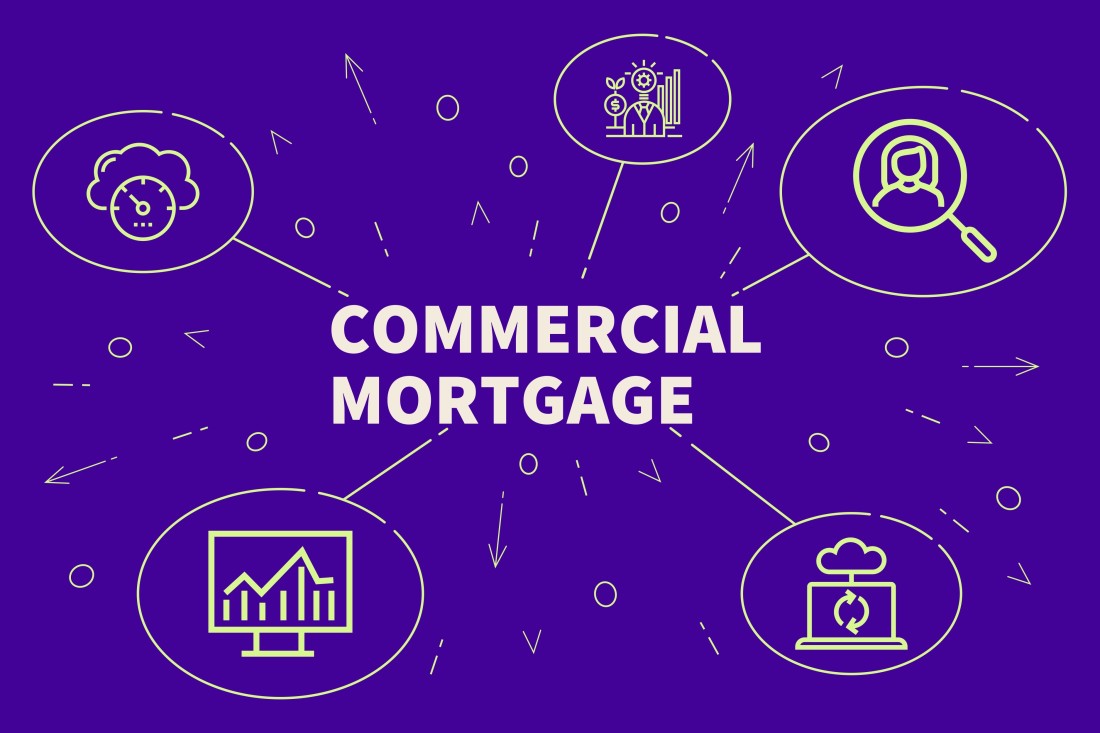
 With nearly a decade of growth in the rearview mirror, and with the effect of rising interest rates, the federal government shutdown, international trade tensions and political uncertainty both at home and abroad overshadowing the economy, what is the outlook for the commercial real estate (CRE) debt markets in 2019?
With nearly a decade of growth in the rearview mirror, and with the effect of rising interest rates, the federal government shutdown, international trade tensions and political uncertainty both at home and abroad overshadowing the economy, what is the outlook for the commercial real estate (CRE) debt markets in 2019?
The consensus is that the outlook for new CRE mortgage loan originations is complicated. There is a deep pool of available capital, but as a result of the rising interest rates and higher property prices, there is a relatively shallow pool of new acquisition and development opportunities that meet underwriting standards. On a national level, the U.S. economy and job market continue to expand at a steady pace, but trade tensions and political turmoil are creating uncertainty generally, which in turn impacts the real estate markets. A growing number of large and mid-sized industry participants are in a "sell" or "hold" mode, believing that the CRE market is in the final stages of the current expansion
 On a local level, New Jersey's Gold Coast remains a center of activity for multi-family development, and the industrial warehouse markets along the New Jersey Turnpike and other logistics hubs underlie the thriving industrial sector. New Jersey is the nation's prime location for the rapidly expanding e-commerce logistics sector, and urban areas in and around Jersey City, Newark and, to a lesser extent, Camden are experiencing a surge of commercial and residential development. On the other hand, however, many suburban and ex-urban locales are saddled with a glut of underutilized, obsolete office and retail space. Underinvestment in infrastructure generally restrains development throughout the state. In addition, net outmigration, consistently high taxes and state fiscal difficulties are impeding overall economic growth. In short, there will be new opportunities for investors and lenders, particularly around redevelopment projects, but there is good reason for caution as well.
On a local level, New Jersey's Gold Coast remains a center of activity for multi-family development, and the industrial warehouse markets along the New Jersey Turnpike and other logistics hubs underlie the thriving industrial sector. New Jersey is the nation's prime location for the rapidly expanding e-commerce logistics sector, and urban areas in and around Jersey City, Newark and, to a lesser extent, Camden are experiencing a surge of commercial and residential development. On the other hand, however, many suburban and ex-urban locales are saddled with a glut of underutilized, obsolete office and retail space. Underinvestment in infrastructure generally restrains development throughout the state. In addition, net outmigration, consistently high taxes and state fiscal difficulties are impeding overall economic growth. In short, there will be new opportunities for investors and lenders, particularly around redevelopment projects, but there is good reason for caution as well.
Another year of stiff competition among lenders for quality deals also raises questions about whether market discipline on lending standards will continue, or whether heightened competition may result in an easing of standards. Depository bank institutions represent, by far, the largest segment of CRE lenders. Banks have generally enjoyed strong earnings in recent years, and are exhibiting a willingness to make larger loans and to meet aggressive competition from non-bank lenders. In addition, some of the rollbacks in Dodd-Frank regulatory restrictions will provide banks with additional capital for CRE lending.
Nevertheless, regulatory pressures are likely to keep lending standards generally conservative over the next year. Increasingly stringent anti-money laundering, flood insurance and other requirements will result in increasingly extensive due diligence for even the highest quality CRE mortgage loan opportunities. At the same time, the CMBS sector is shrinking and the number of CMBS loans maturing in 2019 is low, reflecting the weak loan demand of ten years ago. The low interest rates that spurred so much growth in the CMBS markets are a thing of the past. Life insurance company lenders will remain a steady and conservative source of capital, particularly to the multi-family and Class A office segments of the CRE market, offering longer terms and fixed rates. And while private debt funds have grown rapidly in number in recent years, they account for less than one percent of CRE lenders. They continue to offer higher leverage and expedited closing timetables at premium pricing, and provide capital to properties that fail to meet the underwriting criteria of traditional CRE lenders.
Finally, the scheduled termination of the London Interbank Offered Rate (LIBOR) market at the end of 2021 will likely lead to changes in interest rate pricing structures and options for lenders and borrowers in 2019. The Alternative Reference Rates Committee (ARRC), a group of private market participants convened by the Federal Reserve Board and other financial regulators, is currently planning for the transition from LIBOR to one or more alternative reference rates. The Federal Reserve Bank of New York is now publishing the Secured Overnight Financing Rate (SOFR), which is the ARRC's recommended alternative to LIBOR. The ARRC is also developing recommended "fallback" language for LIBOR-based agreements. The ARRC will encourage market participants to include its fallback provisions in their loan documents to provide contractual mechanisms for (a) replacing LIBOR with an alternative reference rate when LIBOR ceases to exist and (b) adjusting interest rate spreads to properly reflect the differences between LIBOR and the new reference rate. With over $350 trillion dollars' worth of financial derivative contracts, mortgages, bonds and other commercial loans bearing interest at rates based on LIBOR, the transition will impact every aspect of the debt market, including CRE.
During 2019, lenders and borrowers should take stock of their existing and pending LIBOR-based loans and other financial contracts and be aware of ongoing developments in the transition away from LIBOR.
